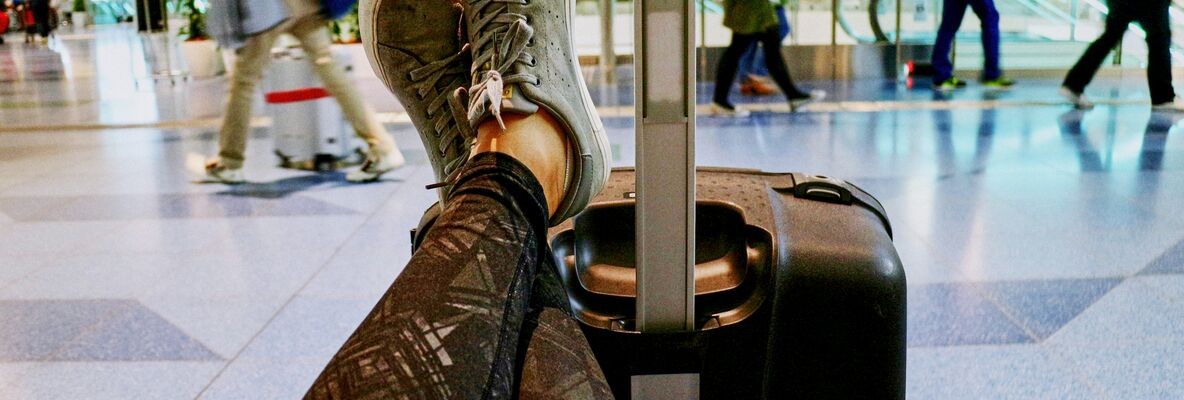We use cookies to enhance your experience. Basic cookies are essential for the proper working of this website. For example, they save your language preferences. They also help us gather anonymous information about the use of our site. More information in our Cookie Policy.
How to spot a fake banknote?
Did you know that the number of fake euro banknotes has leapt by 37% over one year? In 2015, 454,000 fake banknotes were withdrawn from circulation, against 331,000 during the same period in 2014. The most desirable were €20 and €50 banknotes.Do you have doubts about your banknotes? MyMoney explains you more about the method to be adopted and recommended by the ECB to distinguish real from fake banknotes.
The ECB’s method consists of touching, examining and tilting the banknote.
Touch the banknote
By touching the banknote, you will have a precise idea of the paper used and therefore of its texture. It must be firm and the banknote must have its own specific sound – almost a crackling sound. It must not be limp or waxy. The printing techniques used for manufacturing banknotes are special and give the banknote a relief effect. The ink used for printing the main pattern is thicker. If you touch the banknote, you should feel a relief under your fingers. If you have a sensation of “smoothness”, your banknote is counterfeit;
Look at the banknote
If you look at the banknote so that the light passes through it, you will notice that the figure (of the face value) in the upper corner of the banknote is divided. When held against the light, so that it is transparent, the figure is reconstituted.
Still looking at the banknote so that it is transparent, you may notice that there is a dark band that divides the banknote into two parts. This is the security thread, on which you can read the face value in tiny letters followed by the word “EURO”. On new banknotes, “€” appears instead of the word “EURO”. The security thread must never appear distinctly and superimposed over other printed elements, because it has been incorporated into the paper. If this is the case, it is a counterfeit banknote;
Tilt the banknote
When you tilt the banknote, a changing image must appear on the hologram on the front – the silver strip on small denomination notes (€5, €10 and €20) or the silver disc on large denomination notes (on denominations of €50, €100, €200 and €500): alternating the face value and a window or a gate. On the back, you can see the shiny strip or the amount of the banknote in a changing colour.
The new banknotes in euros have a new security element: the small slanting dashes printed at the ends of the front of the banknote, which facilitate recognition of the banknote by touch for the visually impaired.
In addition to your sharp eyes, there is an infallible technique for recognising a counterfeit banknote: ultraviolet light.
Under violet light, the banknote darkens and certain parts become green. In particular, this includes the European flag or the signature of the representative of the European Central bank. On the back, the map, the bridge and the figure of the face value stand out in yellow.
You can also use an infrared lamp.
At the front, only the emerald green face value, the right-hand part of the main pattern and the silver strip are visible under an infrared light. At the back, only the figure indicating the face value and the horizontal serial number appear.
You are now experts in detecting counterfeit banknotes!
Even though Luxembourg is only slightly affected by the traffic of counterfeit notes, be vigilant. If you think that you have a counterfeit banknote, contact the police or the Luxembourg Central Bank, which will destroy it. Please bear in mind that you will not recover the value of this banknote.
-
Student employees’ rights and obligations

As a student, you might want to make some extra money and gain some paid work experience. Very good idea, but do you know your rights and obligations as a student employee?
-
What formalities to follow at your arrival in Luxembourg

If you have just arrived in Luxembourg or if you intend to come into the country in the near future, one of your first steps will be the opening of a bank account. But which bank to choose?
-
What is the best way to save money when planning a holiday?

Deciding how to spend a well-deserved summer holiday can be exciting. Should you go back to a favourite location, or try something new? But there can be tricky trade-offs, such as whether to decide early and book ahead or wait as long as possible in the hope of finding a better deal.